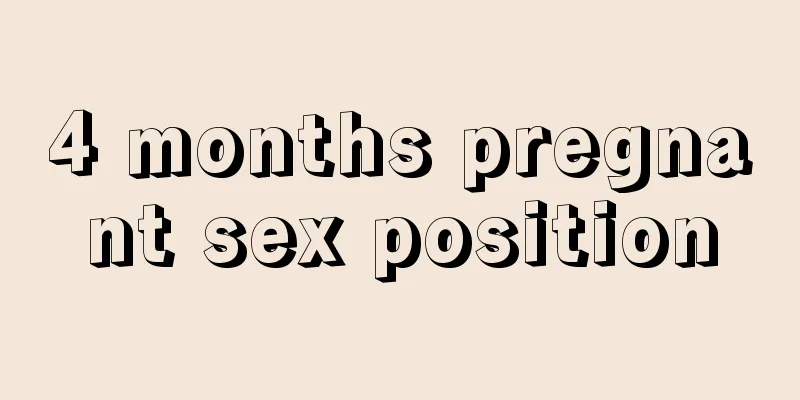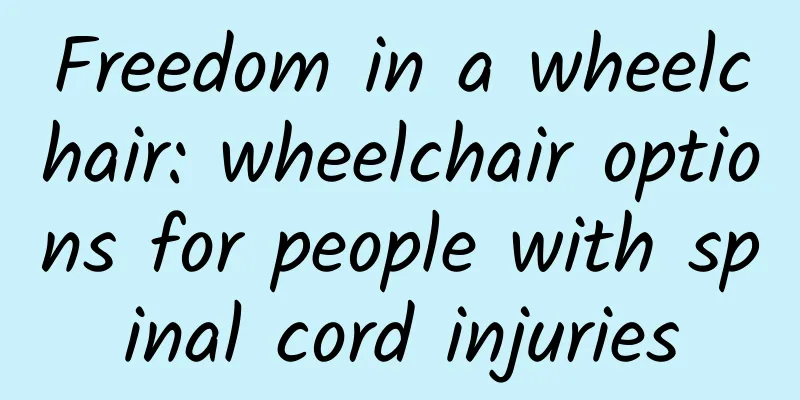Music can relieve pain

|
This is the 4491th article of Da Yi Xiao Hu Music has a history of four to five thousand years. The first thing that the ancients who lived in nature felt was the beautiful natural music such as the sound of wind and waves, the roar of waterfalls, the gurgling of springs, the roar of tigers and monkeys, the chirping of birds in the empty mountains, the chirping of cicadas and frogs, which formed the most primitive natural music. Music has different rhythms, and human activities have a clear tendency to follow the rhythm of music. On the one hand, the artistic appeal of music acts on emotions, guides reason with emotions, keeps the mood happy, makes people relax naturally, and eliminates mental obstacles; on the other hand, music directly acts on human organs with specific frequencies and sound pressures, such as resonating the heart or auditory organs, which can not only enhance people's resistance to diseases, but also help treat diseases. Changes in the rhythm of music can drive and regulate people's physiological rhythms. Whether you are happy, anxious, or sad, listening to music can soothe your emotions. But you may not have thought that music can also "relieve pain". As early as 1960, dentists abroad had tried this. At that time, laughing gas was widely used as an anesthetic, but it had side effects on the human body and was addictive. So, some dentists tried to play music for patients undergoing surgery. A magical thing happened. Listening to music made the patients feel less pain! For more than six decades, researchers and medical institutions have found that music, from Mozart to Michael Bolton, seems to have some analgesic effect. For example, patients with fibromyalgia, a chronic pain disorder, can experience some relief from their pain by listening to their favorite music. In 2021, researchers from the Erasmus University Medical Center in the Netherlands conducted a meta-analysis of 16 studies (involving 987 patients) and found that listening to music can reduce postoperative anxiety and pain, and this effect can last up to 8 days after surgery. In 2016, a study published in the British Journal of Music Therapy by Ewha Womans University in South Korea found that listening to music can improve the analgesic effect of drugs. When listening to music, people's heart rate, blood pressure and respiratory rate all decrease. As a clinical treatment method, music has been widely used around the world, for example in painless childbirth, neurological rehabilitation, sub-health and other fields. In the classic ancient Chinese medicine book "Suwen·Jutonglun", there is a saying that "all diseases are caused by Qi". "Lingshu·Five Sounds and Five Flavors" also discusses in detail the theory of using the five musical scales of Gong, Shang, Jiao, Zheng and Yu to treat diseases, which is summarized as the music treatment theory of "all diseases are caused by Qi and ended by music". Music and human pain seem to have nothing to do with each other, so why does it have such a magical effect? Last year, Zhou Wenjie, a researcher at the Songjiang Research Institute of Shanghai Jiaotong University School of Medicine, published a paper in the international academic journal Science, which solved this mystery for us. The study proved that this phenomenon is not just a psychological effect, but can be found at the physiological level. First, the researchers played three different types of sounds to the mice in pain, namely soothing music, discordant notes, and white noise. The results showed that these three sounds were effective in relieving the pain of mice when played at low intensity (whispering level), but had no obvious analgesic effect when played at high intensity. Subsequently, the researchers placed the mice in an environment with background sounds of different intensities and found that sounds about 5 decibels higher than the ambient noise could effectively relieve the pain of the mice. Researcher Zhou Wenjie said that for mice, it was the slight difference in sound intensity between the sound and the ambient noise that produced the analgesic effect, not the melody of the sound. The study also revealed the neural mechanism of sound analgesia-low-intensity sounds inhibit the neural projection from the auditory cortex to the somatosensory thalamus, thereby relieving pain. Many patients in the ICU suffer from pain, and postoperative pain also makes people reluctant to undergo surgery. Although there are many drugs that can relieve pain, they all have some side effects. Especially for critically ill patients, the use of analgesics is greatly limited. If we can play soft music in the ward in the future to relieve patients' pain and reduce the use of drugs, it will make the recovery process easier and more pleasant. Author: Songjiang Research Institute, Shanghai Jiao Tong University School of Medicine Zhou Wenjie |
<<: How to treat seasonal allergic conjunctivitis
>>: Have you ever looked closely at your fingers? - Finger Clubbing
Recommend
Intrauterine adhesions, thin endometrium
A woman's uterus is the place where she becom...
The milk here has been poisoning people for more than 100 years, and the root cause is still unknown
When you arrive in a new place, your safety will ...
One action can cause your blood vessels to collapse instantly! Don’t wait until you get hurt to regret it!
This article was reviewed by Fang Jie, Associate ...
Are teacup dogs easy to raise? What should you pay attention to when raising teacup dogs?
Teacup dogs are quite common in life. They are lo...
Why do women sweat a lot on the back of their heads?
Some female friends have experienced sweating on ...
Can vulvar dystrophy heal itself?
Some people may hear about vulvar malnutrition fo...
I just finished peeing and I want to pee again. What's going on?
Female friends should pay attention to the situat...
What should I pay attention to after doing a vaginal ultrasound?
The so-called vaginal ultrasound, or vaginal B-ul...
Oatmeal helps you lose weight and lower blood sugar? The premise is that you have to buy the right one
Because of its nutrition and health, oatmeal has ...
What happens to children born from drinking?
As people become more and more knowledgeable, the...
Does breast enhancement massage oil work?
Breast augmentation is a favorite of many women. ...
Why is the Begonia flower called the Heartbreak Flower? How to grow Begonia flowers in summer
Begonia is an ornamental plant unique to my count...
What causes pain around the belly button during late pregnancy?
Women have to endure a lot of pain during their t...
It is best not to eat these fruits during menstruation, as they will aggravate dysmenorrhea
There are always a few days every month when wome...
What are the dangers of exercising during menstruation?
People nowadays love beauty very much and hope to...









